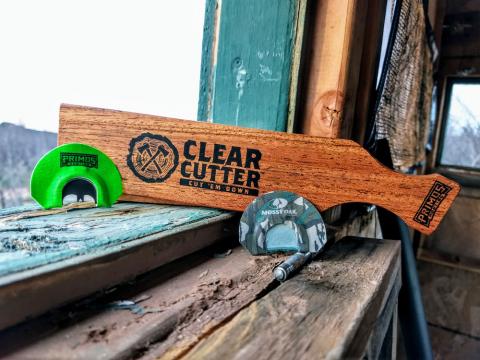Heath Wood
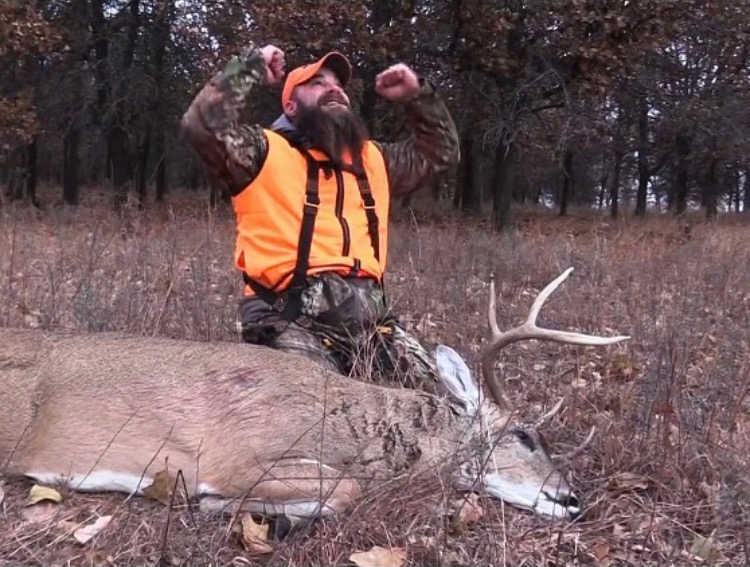
Do you ever wonder how some of today's most successful whitetail hunters are able to consistently harvest mature bucks each year? It is most likely due to the hours of dedication throughout the off season that puts these hunters ahead of the game as fall approaches and it is time to climb into their tree stand. Drury Outdoors pro Sean Lundy has worked his way into the spotlight as a successful whitetail hunter, and here’s how.
After high school, New York native Sean Lundy decided to enlist in the U.S. military. This is where he met some new friends that lived out West who would often talk about frequently jumping in a tree stand after work. This is when Lundy began longing for the ability to do the same himself and dreaming of one day having a place to hunt whenever he wanted.
“Being raised in New York, we always had to take a few hour drive when we wanted to hunt,” said Lundy.
While still in the military he informed his parents that once he was done serving, he was going to move further west to pursue a dream of hunting whitetail deer and wild turkeys. Lundy did just as he said and moved to Indiana, a place in which it would not take hours to drive to a tree stand, and started a profession as a police officer. After his move to Indiana, the passion for hunting that had been building for so many years had now turned into a reality, and Lundy became a hardcore hunter who has been regularly seen harvesting deer and turkeys while hunting as a member of the Drury Outdoors team.
A few years ago, Lundy began filming his own personal hunts mainly for family members and for himself as a way to look back and recall his past hunts. As with many other hunters, he became a fan of outdoor television, specifically the folks at Drury Outdoors.
“As corny as it might sound, I was writing letters to the Drurys and would send them my footage and tell them I was a fan, I enjoyed their work and what they did as hunters,” said Lundy.
After a couple of years of sending in letters and footage of his hunts, Lundy was surprised to receive an email from Matt Drury requesting to do a story about him for DOD TV. After this amazing opportunity, Lundy began getting a few more hunts to air on outdoor television, which then led him to be a cast member of the popular Drury’s show Critical Mass. It was after being cast on Critical Mass that Lundy’s life began to change.
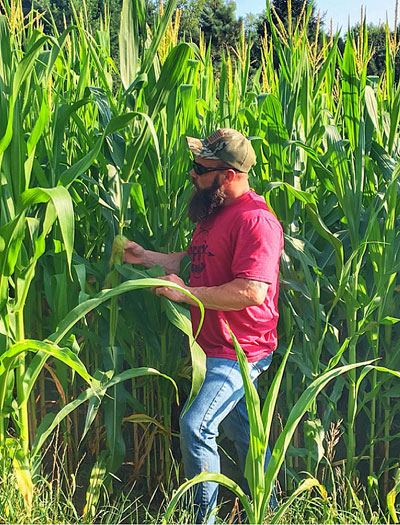 Having harvested mature bucks while on the Critical Mass show, Lundy found that other hunters were now paying attention to him, even being voted fan favorite. Hunters all over the country were seeing that Sean Lundy was a regular guy who put every spare minute that he had furthering his chances in being able to harvest a mature buck, and they liked what they saw. If you has watched any of his hunts, you know his hard work has paid off with results of consistently harvesting mature bucks. This is also what led me to sit down with Lundy to ask a few questions as to how and what he does throughout the year, specifically during the summer months of the year to make his deer hunting continuously better each year.
Having harvested mature bucks while on the Critical Mass show, Lundy found that other hunters were now paying attention to him, even being voted fan favorite. Hunters all over the country were seeing that Sean Lundy was a regular guy who put every spare minute that he had furthering his chances in being able to harvest a mature buck, and they liked what they saw. If you has watched any of his hunts, you know his hard work has paid off with results of consistently harvesting mature bucks. This is also what led me to sit down with Lundy to ask a few questions as to how and what he does throughout the year, specifically during the summer months of the year to make his deer hunting continuously better each year.
Throughout the summer months of the year Lundy finds himself constantly looking to better the properties that he has access to hunt, spending every spare minute working on improvement.
“I actually don’t own a bunch of land,” said Lundy.
However, he does take advantage of several land owners who have smaller chunks of land that they have given him permission to hunt. One of the ways that he makes the most of this land is by scouting. Not only is it beneficial to his hunting later in the fall, it is also useful during the summer months, as it is a way is of spending time with his family that consists of his wife and 5 kids. Scouting is a family affair as the entire family gets involved in running game cameras pretty much all year long. The method behind running game cameras most of the year is due in part to patterning the deer.
“This tells me a deer’s most frequent travel patterns that can be used in September when hunting.” said Lundy.
Besides game cameras, he also spends a lot of time physically walking the land and finding sheds during the late season.
Another interesting tactic in improving his odds for a successful hunt is always looking for ways to improve the actual habitat of the land itself on which he will be hunting.
“I will, a lot of times, step back and look at the land and figure out what I can do to hold more deer,” said Lundy.
He recommends taking a topo map of the land that will be hunted and look for natural locations that deer will be, then find the places that need help that can actually steer deer movement in a desired route if one will give them a place they want to go. For example, Lundy explained that he had a couple of places that he was hunting in Indiana and in southern Illinois that he realized was lacking bedding areas. To make these properties better, he knew that he needed to make improvements throughout the summer. During this time, Lundy began planting what he calls buffers along the edge of small food plots. These so-called buffers consist of wheat and corn in a 15-foot-wide area surrounding the plots that already consist of other sources of plants that deer want and need.
“This becomes another safe haven that deer feel secure when in the area,” he said.
Another example that Lundy gave of how he improves habitat by planting buffers is that of a small property he hunted that consisted of about 20 acres, only 3 or 4 acres being timber. The rest of the land was open pasture land.
“I began thinking of what I could do to make deer want to come to open pasture, yet still feel safe” Lundy explained. “By planting the buffers, deer now bed in the pasture, the taller grasses and crops also create a thermal that will keep deer warm during the colder months of the year. The thing hunters need to remember is that a lot of these seeds are a 90 to 120-day seed, which is why it is so important to get them planted during the summer months of the year. By allowing more time for the seed to grow, this gives the plants full potential to develop into a buffer well before the time arrives to start hunting.”
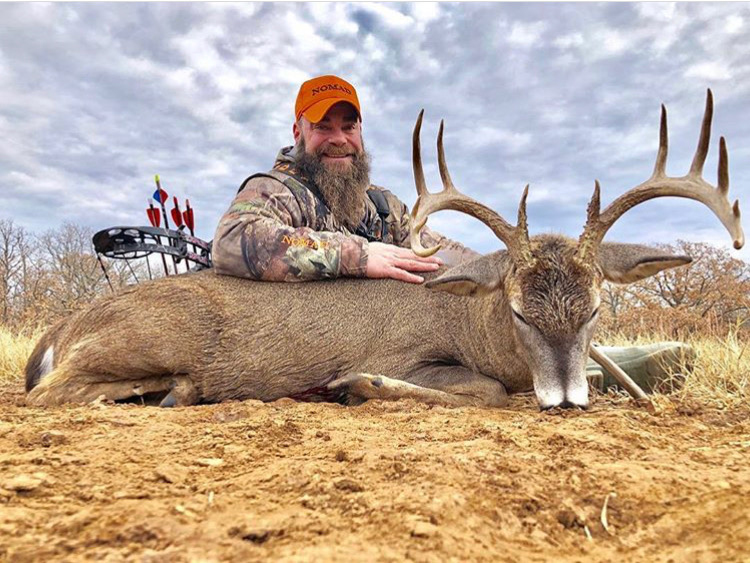
Besides constantly working on the habitat for the deer, another great thing to do throughout the summer is hanging, moving and inspecting tree stands. For years, hunters have hung stands well before season mainly to give deer plenty of time to become familiar with the area. This is also a great time to fine tune some of the stand locations that are up from the previous season. During the spring and summer, the leaves are fully leafed out. Lundy says this a great time to take advantage of trimming shooting lanes.
“I will climb into my stands during the summer, and look at all of my shot opportunities, then go ahead and trim,” he said.
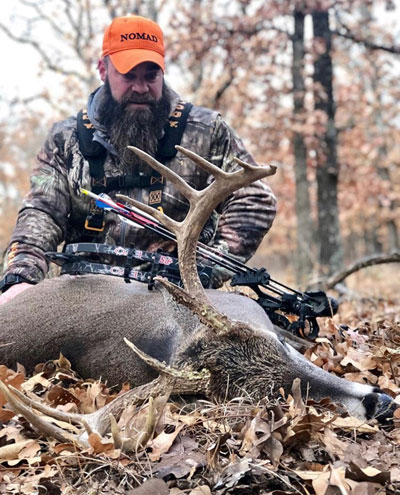 By doing this while the timber is at full growth, not only can you get a clearer shooting lane, it also prevents having to trim limbs when it’s time to hunt. When hunting during the fall, Lundy carries a small journal to write notes of what needs to be done to make that set better for the next time. For example, noting that the tree stand itself needs to be moved a few inches to the left to have a better shot opportunity or that a certain tree needs to be cut that interferes when a deer travels from a specific location. Instead of messing up the hunt by having to make changes while in the stand, Lundy will read over the notes during the summer and make those needed improvements. By fixing and making adjustments well before season, when September and October rolls around and it is time to hunt, the hunter can focus on harvesting an animal with a boost of confidence that everything is as it needs to be.
By doing this while the timber is at full growth, not only can you get a clearer shooting lane, it also prevents having to trim limbs when it’s time to hunt. When hunting during the fall, Lundy carries a small journal to write notes of what needs to be done to make that set better for the next time. For example, noting that the tree stand itself needs to be moved a few inches to the left to have a better shot opportunity or that a certain tree needs to be cut that interferes when a deer travels from a specific location. Instead of messing up the hunt by having to make changes while in the stand, Lundy will read over the notes during the summer and make those needed improvements. By fixing and making adjustments well before season, when September and October rolls around and it is time to hunt, the hunter can focus on harvesting an animal with a boost of confidence that everything is as it needs to be.
When more time is spent throughout the year working on making habitat and stand locations as close to perfect as possible, it gives the hunter a sense of pride in the land that they are hunting on.
“When we walk out of the woods after making a stand location better or by making improvements to the land, it makes the hunter excited,” said Lundy.
He also added that there is a certain feeling that comes over you, knowing that everything is where it needs to be to make the hunt more successful as well as more enjoyable.
“By doing this, a hunter is going to go into the season in a totally different mind frame, because of the confidence that comes from being prepared,” Lundy said.
This boost of confidence from hours upon hours of hard work and preparation is what has led Lundy to becoming a fan favorite who is blessed to take down mature bucks year after year.














